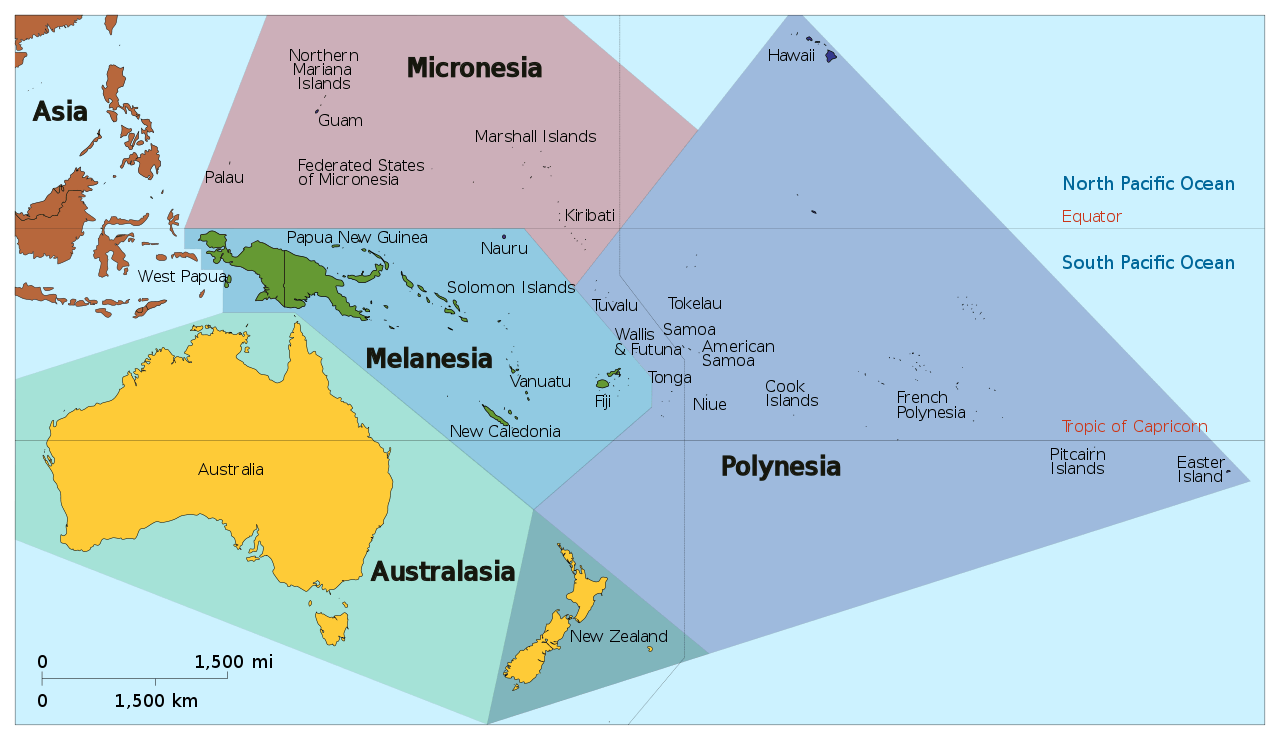Which Countries Are in Oceania?
Oceania, a vast and diverse expanse of the Pacific Ocean, encompasses a myriad of islands and archipelagos, each with unique cultural and ecological characteristics. This region, comprising over 10,000 islands, stretches from Asia in the west to the Americas in the east. The countries of Oceania present an intriguing fusion of indigenous cultures, colonial histories, and breathtaking landscapes.
Understanding the countries in Oceania necessitates organizing them into distinct subregions: Melanesia, Micronesia, and Polynesia. Each subregion exhibits its own national identities and geographical features, contributing to the rich tapestry that makes up Oceania.
**Exploring Melanesia: The Land of Diversity**
Melanesia is often celebrated for its remarkable cultural and ethnic diversity. This subregion includes several countries that are characterized by volcanic archipelagos, lush rainforests, and an array of languages and cultures.
The foremost nation in Melanesia is Papua New Guinea, which boasts over 800 languages, reflecting its incredible cultural mosaic. It is renowned for its vibrant traditions, unique arts, and remarkable biodiversity, making it a focal point for anthropologists and ecologists alike.
Next is the Solomon Islands, an archipelago consisting of approximately 1,000 islands. The country is rich in natural resources, with a landscape adorned with coral reefs and tropical rainforests. Its indigenous communities maintain traditional practices, which coexist with more modern influences.
Vanuatu, another notable country in Melanesia, is celebrated for its stunning volcanic islands and ancient cultures. Visitors are captivated by the traditional music, dance, and ceremonies that permeate everyday life.
Finally, New Caledonia, a French territory, serves as a bridge between Melanesia and more Westernized cultures. Its distinct Kanak culture, coupled with a blend of French influence, creates a unique societal framework that appeals to tourists and researchers alike.
**Micronesia: The Tiny Giants of the Pacific**
Micronesia comprises a collection of small islands and atolls, characterized by their striking natural beauty and rich cultural heritages. The Federated States of Micronesia (FSM) consist of four states: Chuuk, Yap, Pohnpei, and Kosrae. Each state boasts its own traditional customs, languages, and drumming ceremonies, allowing for an amalgamation of distinct Micronesian identities.
Palau is another prominent country within Micronesia, known for its exceptional diving spots and pristine coral reefs. Palauan culture, deeply rooted in respect for nature, offers visitors a glimpse into the harmonious relationship the communities have with their environment.
The Marshall Islands, while one of the smallest nations, offer remarkable historical significance, especially in terms of World War II. The islands are scattered across the Pacific Ocean and are known for their compelling story of resilience and recovery.
It is also essential to recognize the Northern Mariana Islands and Guam, both being territories of the United States. They are significant not only for their idyllic beauty but also for their strategic locations and rich histories, particularly concerning military presence.
**Polynesia: The Heart of the Pacific**
Polynesia encompasses a remarkable swath of islands, extending from Hawaii in the north to New Zealand in the south and Easter Island in the east. Each Polynesian country radiates its exquisite charm through diverse languages, traditions, and landscapes.
Aotearoa (New Zealand) is perhaps the most famous among Polynesian nations, celebrated for its stunning landscapes ranging from snow-capped mountains to lush beaches. The Maori culture is deeply embedded in New Zealand’s identity, showcasing rich traditions, crafts, and ceremonies, influencing the nation’s ethos.
Samoa, with its vibrant culture and awe-inspiring natural beauty, is another jewel in Polynesia. The local tradition of “fa’a Samoa” embodies community, respect for elders, and love for the land, enhancing tourists’ experiences when visiting these islands.
Tonga, known as the “Friendly Islands,” boasts a reputation for hospitality and rich ceremonial practices, notably the Hunga Hānuu, or traditional Tongan feasts. The islands’ breathtaking landscapes and cultural heritage make it a treasure for those exploring the South Pacific.
In conclusion, the countries of Oceania represent a fascinating amalgamation of history, culture, and natural beauty. From the diverse nations of Melanesia to the serene islands of Polynesia, each country contributes to the grandeur of this extraordinary region. Visitors are not merely tourists but potential custodians of rich traditions and histories that resonate through the very fabric of Oceania.
You May Also Like
Best Fish to Catch in Australia: A Guide for Anglers
Australia boasts an extraordinary diversity of fish species, making it …
Emily Bay Norfolk Island: A Hidden Gem in the Pacific
Emily Bay, a picturesque enclave nestled on the sun-kissed shores of …
Holidays on August 23: Global Festivities & Observances
August 23 is a date that carries a bouquet of cultural significance …





